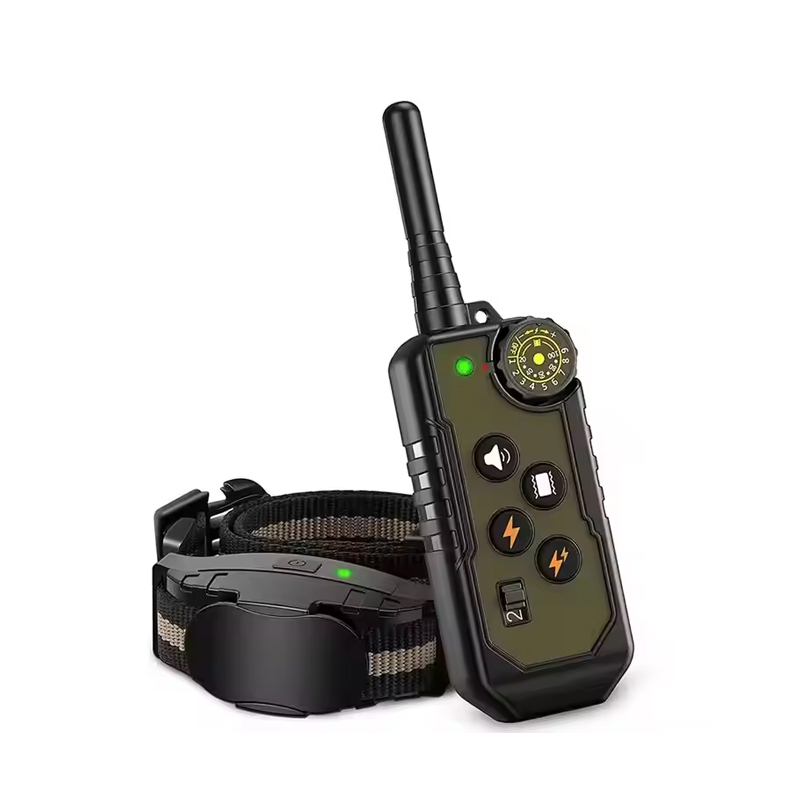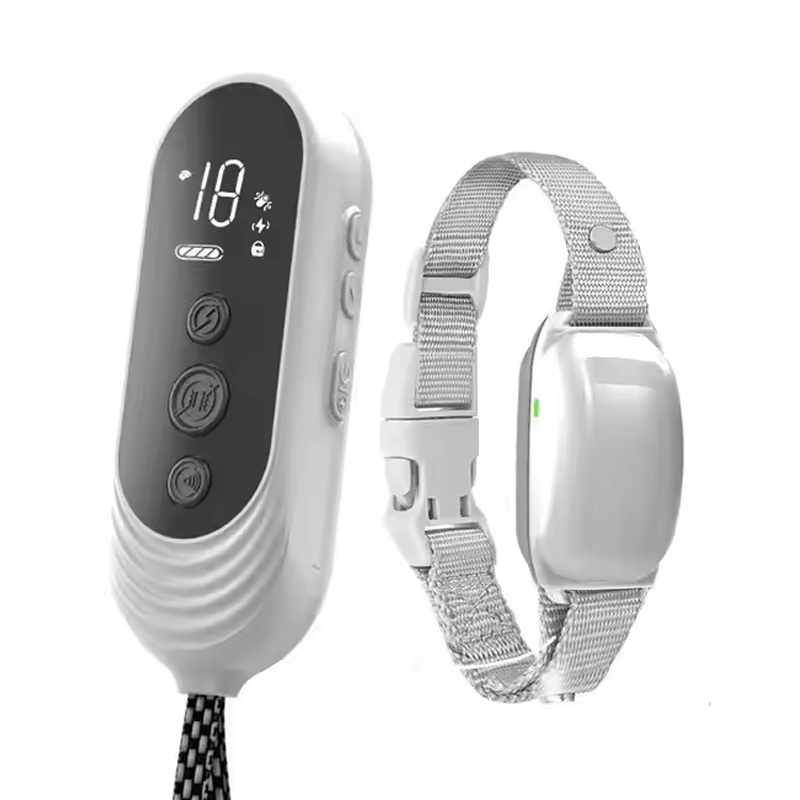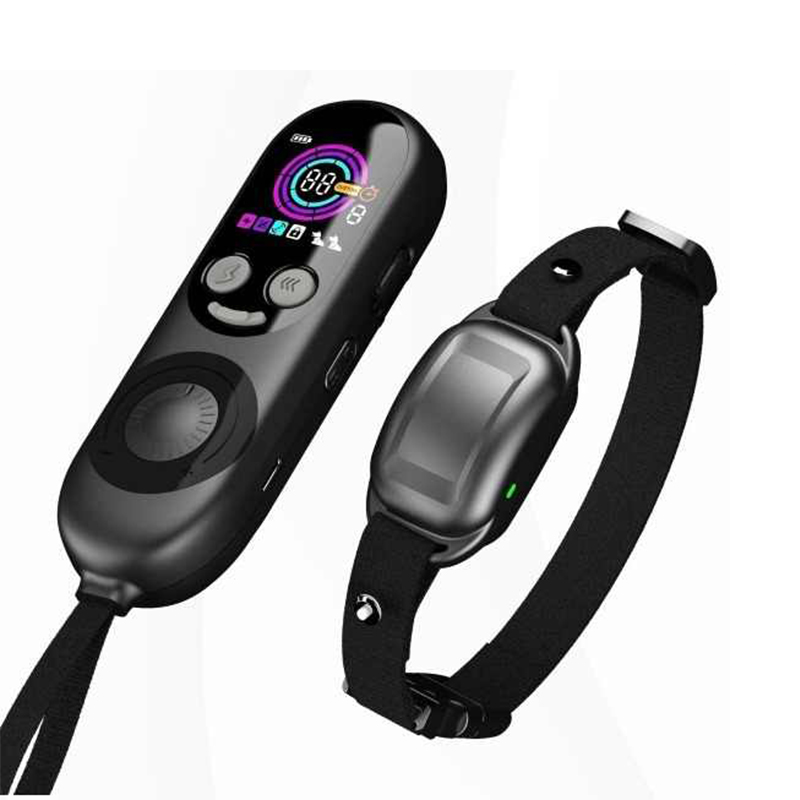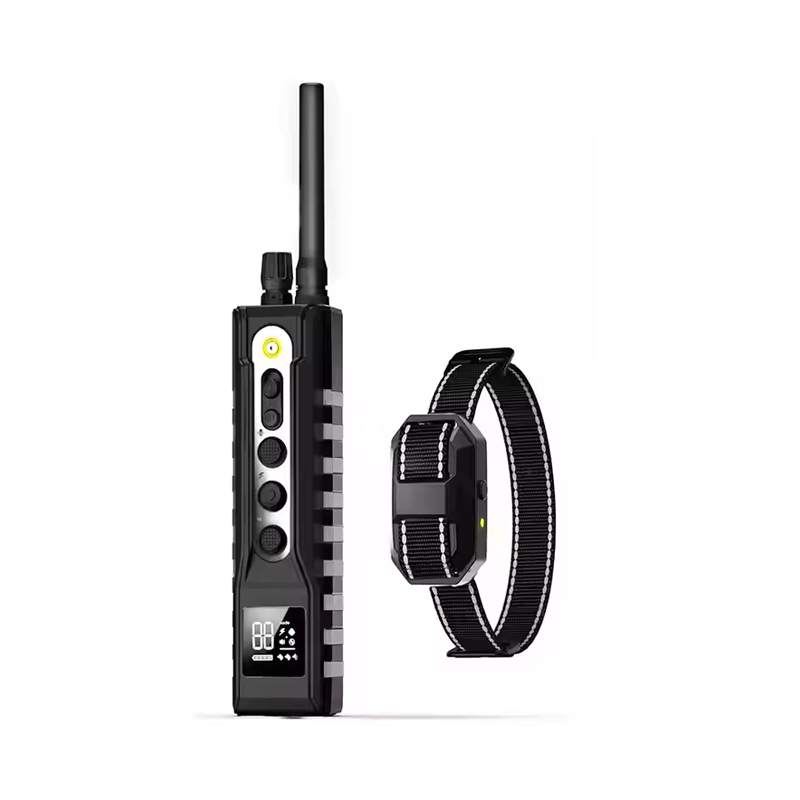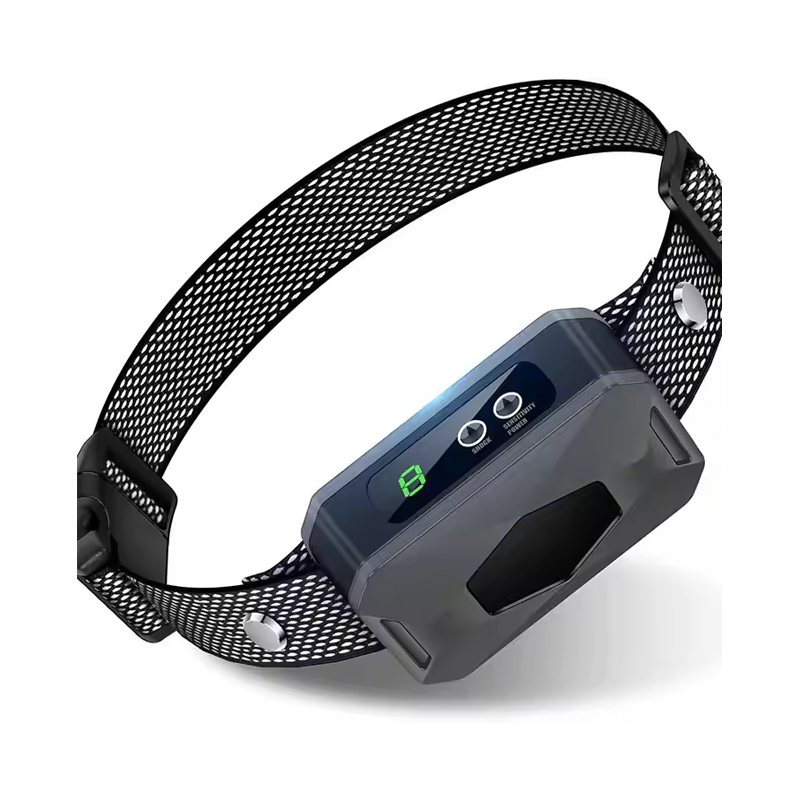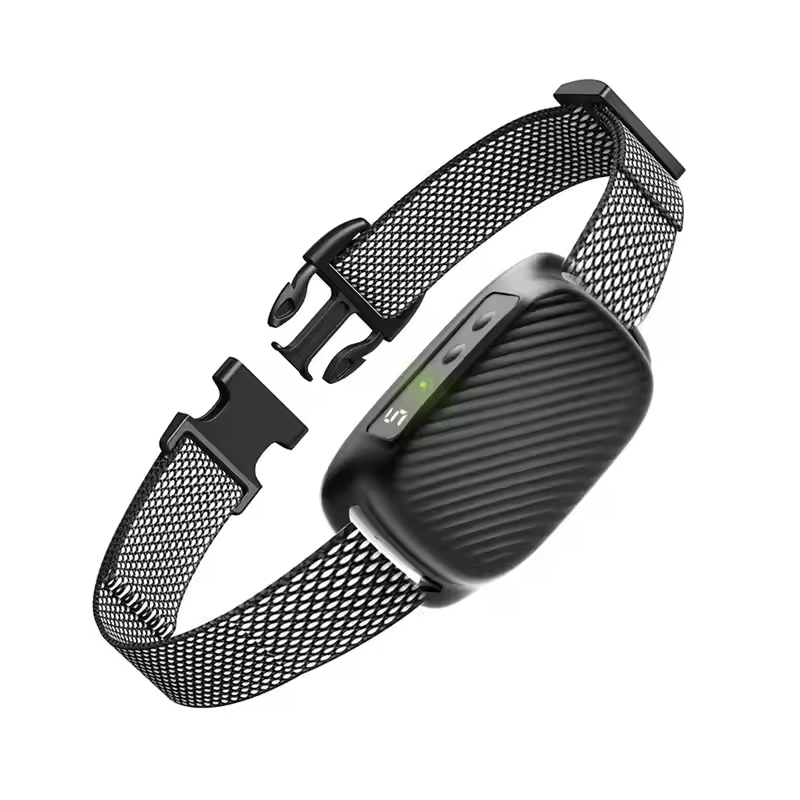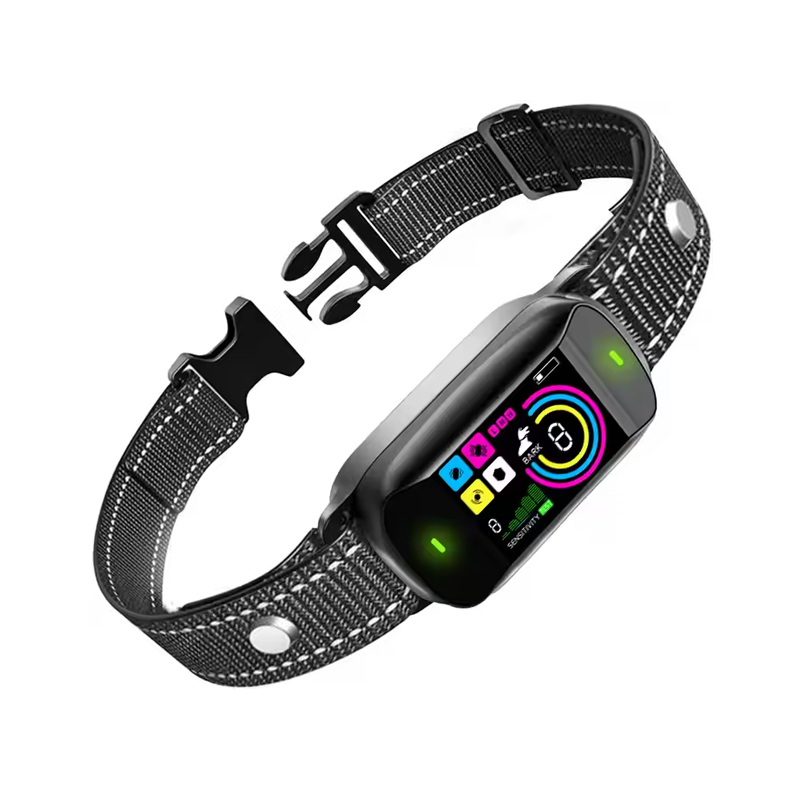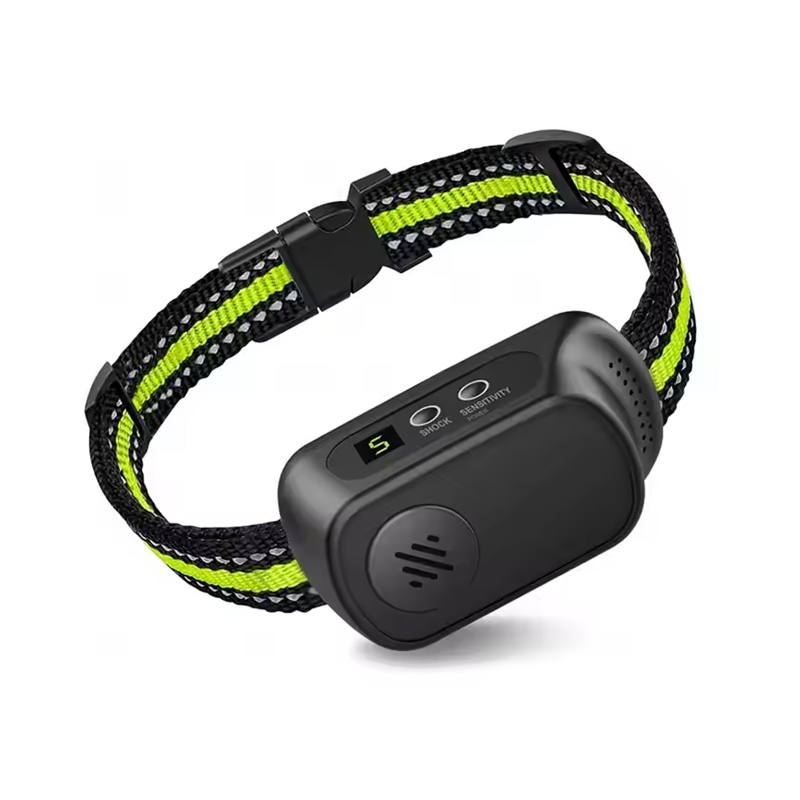- Type:
- Industry News
- Date:
- 2025-07-29
Are Cat Water Fountains the Future of Smart Cat Care?
As pet ownership continues to rise, more cat owners are paying attention to the quality and convenience of their pets' drinking water. Among various innovations, the Cat Water Fountain has emerged as a key product in enhancing pets'quality of life in modern households. From preventive health benefits and material safety to the development of smart features, this category is experiencing rapid evolution and increasing specialization.
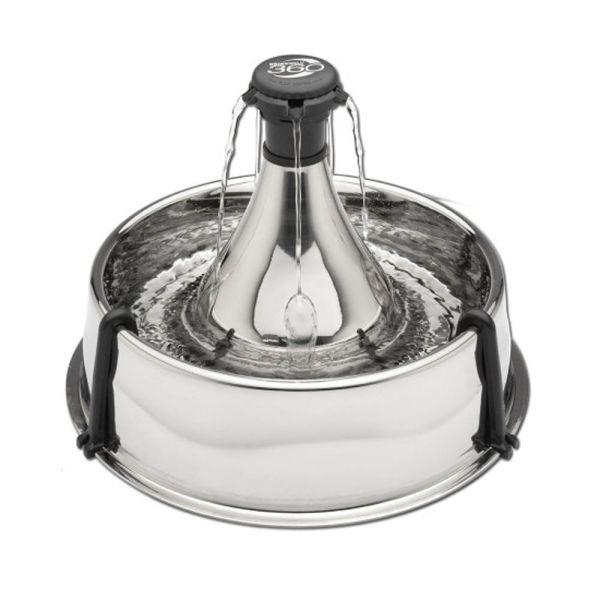
Why Do Cats Prefer Flowing Water?
Feline evolutionary instincts warn them to avoid stagnant water, which may signal contamination or bacterial growth. As a result, flowing water has long been perceived as safer and cleaner. Modern domestic cats retain this preference: the gentle ripples, continuous sound, and slight oxygenation of moving water stimulate their interest in drinking. Flowing water tends to be more breathable, odor-free, and appealing. Many cat owners have witnessed their pets abandon traditional water bowls in favor of fountains.
Scientific research supports this behavior shift, showing increased daily water intake in cats using fountains. Adequate hydration is crucial in preventing bladder crystals, urinary stones, and even acute urethral blockages. Flowing water also activates cats' sense of smell, encouraging multiple attempts to drink and fostering healthy hydration habits. Over time, more frequent drinking improves kidney, cardiovascular, and urinary health.
Another major benefit of flow-based fountains is the ability to keep water cleaner for longer. Continuous circulation helps reduce the accumulation of dust, fur, and saliva, minimizing bacterial growth. This ensures relatively clean water even between cleaning cycles. When feline instincts and fountain functionality align, it becomes clear why this product is rapidly becoming a staple of healthy cat care.
How Do Cat Water Fountains Boost Hydration?
The main advantage of cat water fountains is their ability to provide continuously circulating water, which prevents the oxygen depletion, cloudiness, and odor commonly associated with standing water. Many owners report a noticeable increase in their cat's drinking behavior after introducing a fountain — especially in older cats or those with urinary sensitivities.
By simulating the sights and sounds of a flowing stream, fountains pique feline curiosity and encourage exploratory drinking. Multi-stage filtration removes dust, fur, debris, and chlorine odors, enhancing the water's taste and overall appeal. After just a few weeks of use, recorded water intake often shows a steady rise.
Additionally, circulating water is less prone to contamination, reducing the risk of bacterial buildup and lowering cleaning frequency. For households that often forget to change water bowls regularly, this is particularly helpful. Larger water reservoirs also make fountains ideal for multi-cat homes, ensuring all cats have access to clean water without competition.
This setup helps significantly reduce the risk of urinary tract diseases while boosting cats'overall vitality.
Buying Guide: Key Features to Look For
When purchasing a cat water fountain, the following features are critical to ensuring a positive and safe user experience:
Silent Water Pump: Since cats are sensitive to noise, a quiet, low-decibel motor is essential to prevent scaring them away.
Multi-Layer Filtration System: Filters combining activated carbon, sponge, and fine mesh can eliminate odors, hair, and harmful particles to improve water quality.
Easy-to-Clean Design: A detachable, dead-zone-free structure ensures long-term hygiene. Simple assembly encourages more frequent maintenance.
Backup Power Supply: Battery or USB-powered fountains provide continued operation during power outages.
Adjustable Volume & Flow Rate: Accommodates everything from small kittens to multiple adult cats with different drinking needs.
Premium models may also offer LED indicators or app-based alerts for water levels and filter changes, making it easier for owners to maintain a healthy cycle. Affordable and widely available replacement filters also ensure long-term usability and hygiene safety.
Ceramic vs. Plastic: Which Material is Better?
When selecting a cat water fountain, material choice is one of the most critical factors impacting hygiene, ease of cleaning, and overall user experience. The most common materials on the market today are ceramic and plastic, each with its own advantages and drawbacks, making them suitable for different households and pet care habits.
Ceramic fountains feature a smooth, non-porous surface that resists bacterial buildup and prevents fur and limescale from clinging to the surface. Even after days of continuous use, ceramic fountains keep water clear and odor-free. With natural antibacterial properties, ceramic is beneficial for maintaining urinary tract health in cats. Additionally, its minimalist and elegant appearance fits well in homes with modern, Nordic, Japanese, or contemporary interior styles—ideal for pet owners with a strong sense of aesthetics.
However, ceramic also has limitations. It's heavier and less portable, making it less ideal for frequent repositioning. It's also fragile—if dropped, it may easily crack or shatter. For multi-cat households or energetic cats, ceramic fountains must be placed securely to avoid tipping or accidental damage.
Plastic fountains, on the other hand, are lightweight, durable, and cost-effective. They're particularly suitable for first-time buyers or budget-conscious households. Many premium plastic fountains now use food-grade PP or ABS materials, offering reliable safety. That said, plastic is more prone to scratching, and once its surface is damaged, it may become a breeding ground for bacteria. Therefore, plastic fountains require more frequent cleaning and regular replacement of worn components and filters.
In summary, if you prioritize design, hygiene, and have a calm cat and sufficient budget, ceramic is a great choice. If you value portability, affordability, and durability—especially in households with active cats—plastic fountains are equally valid. The ideal choice depends on your cat's habits and your home environment.
Can Kittens Use Water Fountains?
Many new cat owners wonder: “Is a water fountain suitable for kittens?” The answer is a clear yes. In fact, introducing a fountain early on helps kittens form healthy drinking habits and adapt to modern hydration tools, laying the foundation for long-term wellness.
Kittens typically start drinking water around 8 weeks old, right after weaning. At this stage, a flowing fountain with gentle water sounds and visual motion can arouse their curiosity and encourage frequent drinking. Compared to bowls, fountains are more engaging and less likely to be tipped over, reducing water contamination.
However, when choosing a fountain for kittens, there are several key considerations:
Height: The spout should be at shoulder level for the kitten to comfortably drink from it.
Safe construction: Avoid designs with sharp edges or overly complex pump structures that might trap paws or cause injury.
Supervision: Kittens are playful—observe them closely in the early stages to prevent them from climbing into the fountain, blocking the pump, or chewing on electrical cords.
To help them develop a habit, owners can place treats or toys near the fountain to encourage positive association. Over time, kittens that grow up using fountains are more likely to maintain a consistent water intake in adulthood—essential for preventing urinary issues and kidney disease. This is especially important for female or neutered cats with slower metabolism.
In this sense, training kittens to use a fountain is not just convenient—it's a proactive investment in their future health.
How to Help Your Cat Get Used to a Water Fountain?
While cat water fountains are widely recommended for modern pet care due to their ability to simulate natural water flow and encourage hydration, some cats—especially those that are cautious or highly sensitive—may take time to adapt to this unfamiliar device. Cats are naturally wary of environmental changes, and objects with sounds or moving parts may trigger avoidance behavior. A gradual, gentle introduction is key.
When first introducing a fountain, avoid forcing your cat to use it immediately. Instead, place the fountain in a quiet, familiar area where your cat feels safe—ideally away from litter boxes and feeding stations to reduce stress. Initially, leave the fountain turned off so it acts as a passive water source, allowing the cat to explore and sniff it freely.
Once your cat seems comfortable with the fountain's appearance and scent, activate it on a low-flow mode and observe their reaction. Fountains with soft-start or ultra-quiet motors are ideal for first-time users. During this transition, you can place a familiar water bowl nearby, giving your cat the option to choose and eliminating the sense of being forced into change.
If your cat begins to drink from the fountain, you can slowly remove the old bowl. For especially shy or nervous cats, try placing catnip, cat grass, or favorite toys around the fountain to create positive associations. Most cats adapt within 2 to 7 days, after which they begin actively choosing the fountain as their preferred water source.
Filter Replacement and Fountain Maintenance Cycle Recommendations
The performance and water quality of a cat water fountain heavily depend on the condition and functionality of its internal filter. The primary purpose of the filter is to purify water, typically using a multi-layer structure composed of materials such as activated carbon, ion-exchange resin, and sponge layers. Each layer serves a specific role—removing odors, filtering out impurities, suppressing bacterial growth, and softening hard water—to ensure cats always have access to clean, fresh-tasting drinking water.
However, even the highest-quality filters have a limited lifespan. Over time, the filter materials become saturated and lose their purification effectiveness. If not replaced in time, this can compromise water quality, clog the pump, or even promote microbial growth. It is generally recommended to replace the filter every 2 to 4 weeks, but this should be adjusted based on real-world usage. For example, households with hard water, multiple cats, or frequent usage may need to replace the filter more often.
In addition to regular filter replacement, it's essential to clean the entire fountain system thoroughly during each change. This includes washing the water tank, pump housing, and spouts to prevent buildup of grime, pet hair, or limescale, which can affect water flow and hygiene. A dedicated cleaning brush or diluted white vinegar soak can be used for deep cleaning, followed by a thorough rinse with water. Some high-end fountain brands offer filter replacement reminders or subscription services to help pet owners maintain a consistent care schedule.
Developing the habit of regular inspection and filter replacement is not only vital for pet health but also helps extend the equipment's lifespan and maintain a hygienic home environment. With consistent maintenance, a fountain can continuously supply clean, flowing water, encouraging cats to drink more and lowering their risk of urinary stones or kidney issues—ultimately laying a solid foundation for daily health.
How Fountain Material and Design Affect Cat Behavior?
Cats are naturally sensitive, especially to scents, water flow, and material textures, so the choice of material and structural design in a drinking fountain greatly influences a cat's willingness to use it. Common fountain materials include ceramic, plastic, and stainless steel—each with distinct advantages.
Ceramic fountains are favored by many cats due to their natural, odor-free composition and smooth surfaces, making them especially suitable for cats with a strong sense of smell or sensitive skin, such as Ragdolls, British Shorthairs, or Persians. Ceramic is also highly stable and less likely to tip over or harbor bacteria, though it is heavier and less portable.
Plastic fountains are lightweight, easy to assemble and disassemble, and ideal for households that clean frequently or travel with pets. Some plastic models feature vibrant colors or diverse flow styles that appeal to energetic and playful cats. However, it's crucial to choose BPA-free, food-grade plastics to ensure safe drinking water.
Stainless steel fountains have gained popularity in recent years due to their excellent durability and ease of cleaning. With a sleek, wear-resistant design, stainless steel tops are also ideal for cats with dental sensitivity or allergy-prone skin, helping reduce issues like feline acne or oral inflammation.
Water flow designs also play a crucial role. “Spring-style” fountains simulate a natural bubbling source, suitable for calm, quiet cats. “Tap-drip” designs mimic a dripping faucet, piquing curiosity and playful instincts. “Waterfall” models feature fast-flowing streams with a louder sound, often attracting active cats who enjoy pawing at water. Since cats have different preferences, it's best to choose a fountain based on your cat's personality, size, drinking habits, and household layout to ensure consistent use.
Can Outdoor or Semi-Outdoor Cats Use Fountains?
For families with cats that have access to balconies, gardens, or semi-open spaces, using a water fountain outdoors is possible—with the right precautions and environmental adaptations.
First, choose a fountain with water-resistant construction, and make sure electrical outlets and power cords are waterproof and moisture-proof to prevent short circuits or safety hazards. Place the fountain in a shaded area away from direct sunlight to avoid bacterial growth due to overheating and reduce the risk of your cat rejecting warm water. Also, avoid areas prone to insect activity, such as dense vegetation or damp corners.
In regions with high summer temperatures or wide temperature variations, consider using a smart fountain equipped with constant temperature or cooling features to maintain a water temperature that's comfortable for cats. Some outdoor fountains are solar-powered or feature rechargeable batteries, minimizing the need for long cords and reducing clutter.
Since outdoor environments contain more dust, pollen, and insects, the filter should be changed more frequently than for indoor fountains. Adding a dust-proof cover or top filtration layer can help maintain water cleanliness. It's also advisable to turn off the fountain at night or use motion-sensor light features to avoid attracting insects after dark.
Though outdoor use is more complex, with proper setup and regular maintenance, a cat fountain can still function effectively outside. It not only encourages cats to drink more water but also serves as a cool hydration station in warm conditions—positively contributing to overall feline health.
The Role of Fountains for Special Cats (Elderly Cats & Chronically Ill Cats)
For elderly cats and those suffering from chronic illnesses—such as chronic kidney failure, bladder stones, or diabetes—the amount of water intake directly influences disease management and recovery. However, due to behavioral changes brought on by physical decline, such as reduced sense of smell, dental wear, decreased mobility, or emotional lethargy, these cats often significantly reduce their daily water consumption and may even develop a "fear of water bowls."
Cat water fountains play an irreplaceable supportive role in the care of these special-needs cats. Firstly, the continuous flow of water creates gentle sounds and visual movement that stimulate the cat's senses and encourage them to approach the water source. For cats with dental sensitivity, the gentle and steady stream from a fountain is more comfortable and less irritating than the static, cold water in a regular bowl, making drinking easier.
Additionally, many smart fountains come with night lights and low-incline water outlets, which are especially friendly for older cats experiencing declining vision or stiff joints. Night lighting helps them locate the water source more easily in the dark, while the lower spout design reduces neck strain, making the drinking process more comfortable and safe.
More importantly, for cats with kidney dysfunction or those undergoing medication treatment, proper hydration aids in drug metabolism and toxin elimination. It also dilutes urine, reduces the burden on the bladder and kidneys, and helps slow disease progression.
Therefore, for these “special condition” cats, fountains should not be viewed merely as water dispensers, but rather as therapeutic environmental tools. The behavioral guidance, emotional comfort, and physical support they provide contribute to comprehensive care—creating a more dignified and comfortable life for aging or ailing cats.
As pet care concepts continue to evolve, the Cat Water Fountain has emerged as a key product in enhancing feline quality of life. It not only addresses long-standing issues such as inadequate hydration and poor water hygiene, but also offers material and technological innovations tailored to individual feline needs. Moving forward, this category will continue to be refined and segmented, becoming an essential part of scientific pet care and proactive health management in the modern home.


